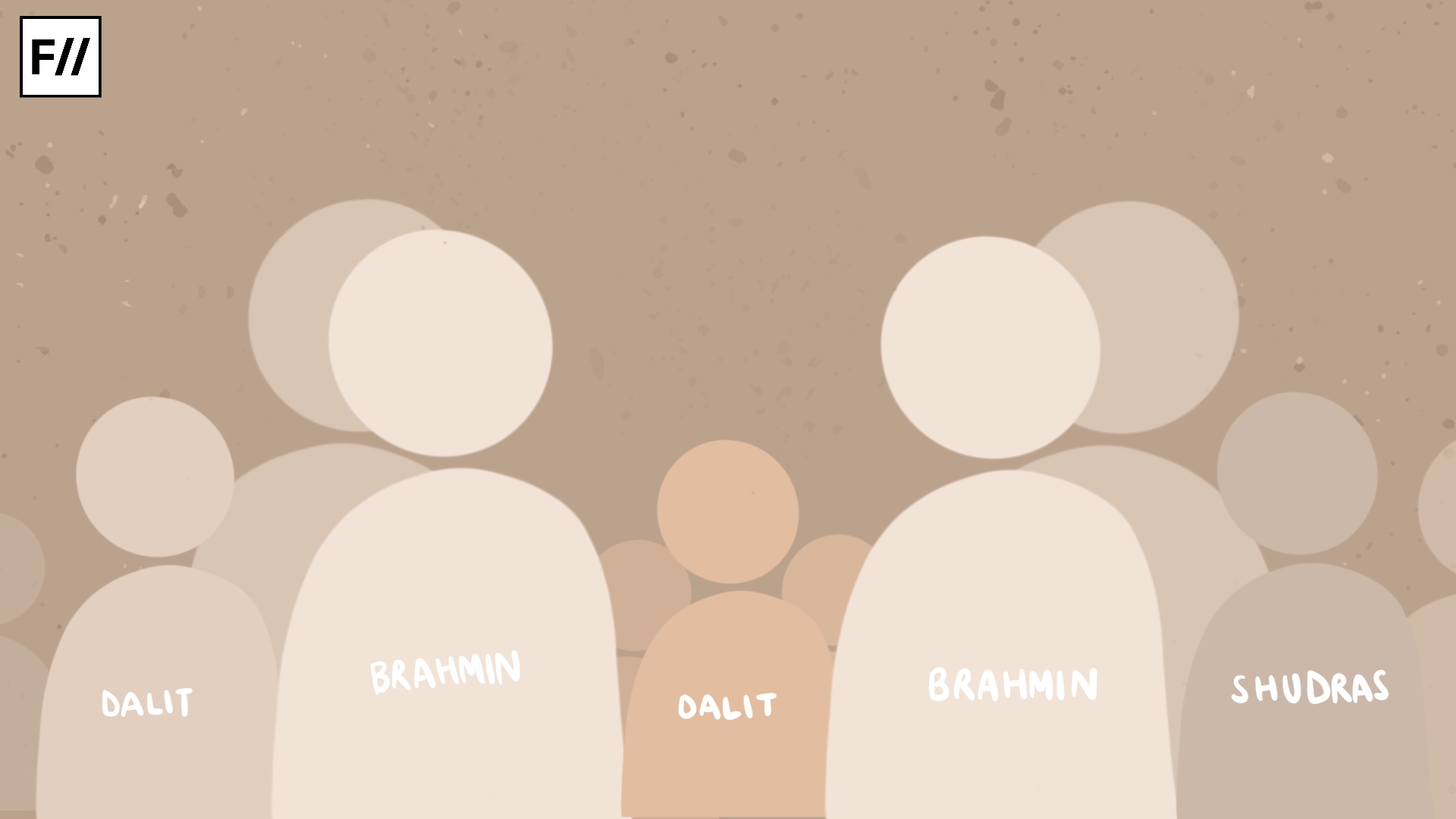Classroom as a space for research is intriguing since it encompasses individuals who might or might not be, from beforehand, recognizing themselves as gendered individuals. At the same time, it is for a lot of people, a site for learning and building one’s own orientation to a particular gender. It is an interactive space of learning and unlearning or re-learning, in order to have a better understanding of ourselves as well as of the world we live in. Through seven periods of tackling with the concept of gender, I hereby attempt to provide you with a moment of flashback or nostalgia, in case you are no longer a part of any classroom. And if classrooms are still an active part of your life, this article would help you negotiate and comprehend the space better, hopefully.
First Period: What Is This Noise Called “Gender”?
Studies of the categories of gender have been evolving for over a century all around the world. For a long time, men and women (since Queer/non-binary discourse was hardly in the picture) were exclusively recognized as homogenous categories in themselves characterized by their biological or genital features in their bodies. The category of gender on the other hand, had too been limited to ideas of femininity and masculinity. However, more recently, “gender” as a category of analysis has been constructed as opposed to the biological determinism of individuals with respect to their sexual differences.
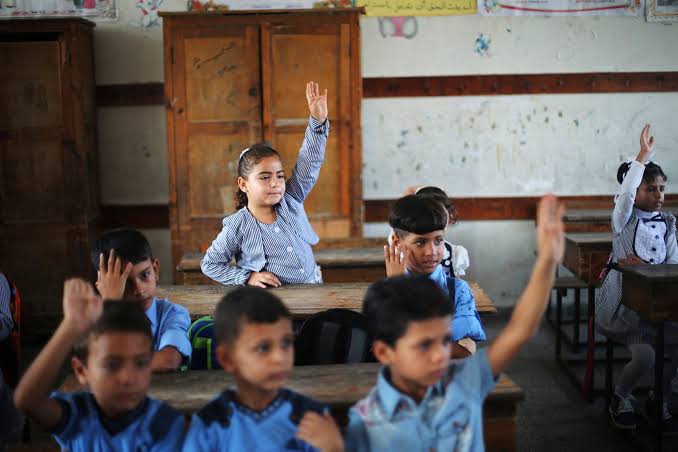
For Judith Butler, gender is “an aspect of identity” or “the cultural meaning and form that the body acquires”, gradually. Since gender is often assumed to be an extension of nature, its social manifestations and public function is often ignored. Her work repeatedly emphasizes on rejecting the binary of the categories of gender that is often fed to us in various ways, and in turn recognizing an essential self that has been constructed beyond these systems of gender binaries.
Classroom as a space for research is intriguing since it encompasses individuals who might or might not be, from beforehand, recognizing themselves as gendered individuals.
Second Period: Why Look At Gender In The Classroom?
Simone de Beauvoir in her book, “The Second Sex (1949)”, asserts how, “One is not born, but rather, becomes a woman.” Beauvoir understands gender as a category of “becoming” rather than that of “being born into”. It encompasses an intrinsic dynamism and or a “process” of constructing ourselves.
This process is carried out throughout our lives, initially beginning within various social institutions such as the family, the educational organizations, the religious institutions, media etc. These institutions present their distinct pre-constructed or newly constructed, acclaimed and popularized discourses which act as counterparts to their former agendas. Thus for example, religious institutions often come up with newer ways of establishing a better hold over their disciples, but they do not completely transgress the former orthodox ideologies that were proclaimed by their leaders or “gurus”.
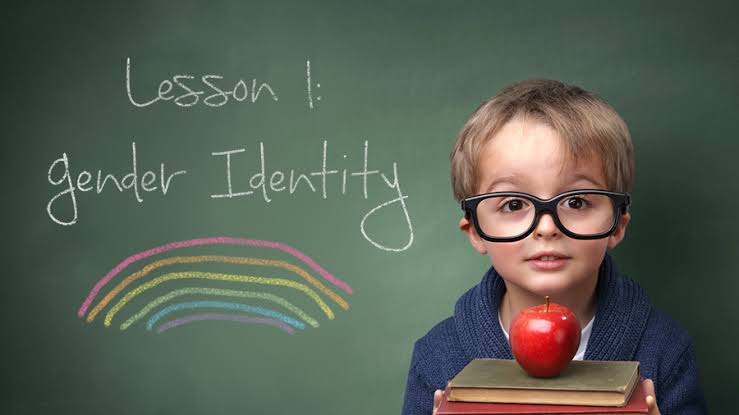
One such space of socialization is the classroom. Here, the student is confronted with various already existing and socially constructed thought processes in their curriculum. They are also confronted with such ideas in classroom interactions between the teacher and the students or among students.
Third Period: How Do We Engender Ourselves In The Classroom?
This “process” of “becoming a gender” does not entail a single sided phenomena where the student is simply consuming what they are presented with. If we look carefully, in Beauvoir’s definition, gender is voluntaristic rather than ascriptive, which therefore again acknowledges, a contrasting, also often overlapping concept of personal agency.

In the construction of categories of gender and its understandings, it is to some extent true that often hegemonic ideas tend to overshadow and influence the mindsets of the students. For example, heteronormative texts, which reiterate how a boy falls in love with a girl, reproduces heterosexual relationships as the only or “most normative” and therefore the only acceptable form of sexuality. But if socialization was a one-sided process, then people with “Queer” sexualities wouldn’t have existed at all. This proves that there must be some personal agency that is exercised while consuming the prescribed texts in the curriculum and this personal agency often attempts to transgress the normative conceptions to claim a space of their own.
Simultaneously, one also needs to acknowledge the presence and influence of the teacher in a classroom. The teacher too resides in themselves the autonomy to a certain extent where they may go beyond the popular binaries of understanding gender through their individual ways of teaching.
Fourth Period: The Teacher And The Learner
Simultaneously, one also needs to acknowledge the presence and influence of the teacher in a classroom. The teacher too resides in themselves the autonomy to a certain extent where they may go beyond the popular binaries of understanding gender through their individual ways of teaching. The teacher has a uniquely gendered self, whose ways of understanding their life-world influences their teaching processes.
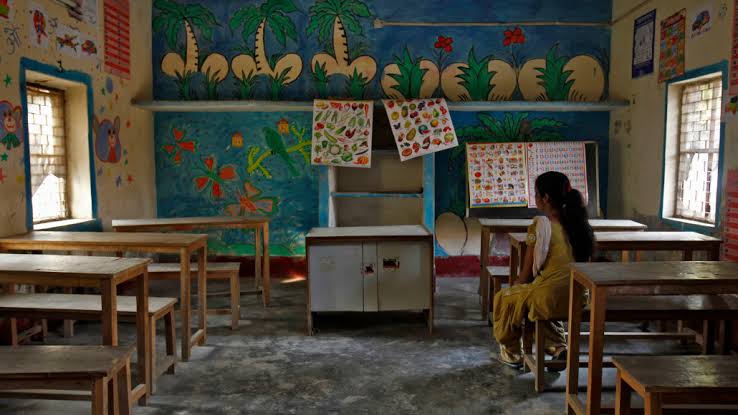
Lastly, one should also recognize the role of discourses within the entire system that, to a large extent, shapes the discussions and dynamics of the classroom. Even though popular texts recommended in primary and secondary learning institutions usually promote the hegemonic ideas of gender, few of them (feminist or Queer discourses/texts) however attempt to showcase the other subordinated concepts. They are often attacked by people in power who demand complete autonomy of the hegemonic discourses. However, there still exist various discourses that challenge the prevailing ideas of heteronormative binaries and demand the recognition of other important discourses.
Also read: The Difficult Art Of Being A Feminist In An Economics Classroom
Fifth Period: Classroom As A Space For Learning Moralities A.K.A. “Value” Education
The classroom is also a site where different structures and understandings of moralities are constructed and maintained with respect to gender categories. Often these cater to the lives of women and influence their everyday. It is essential for us to understand the classroom dynamics because often subordinated gender identity categories, be it Queer or Women, is appropriated and understood by masculine voices which elaborate their theoretical standpoints through experiences of heterosexual men.
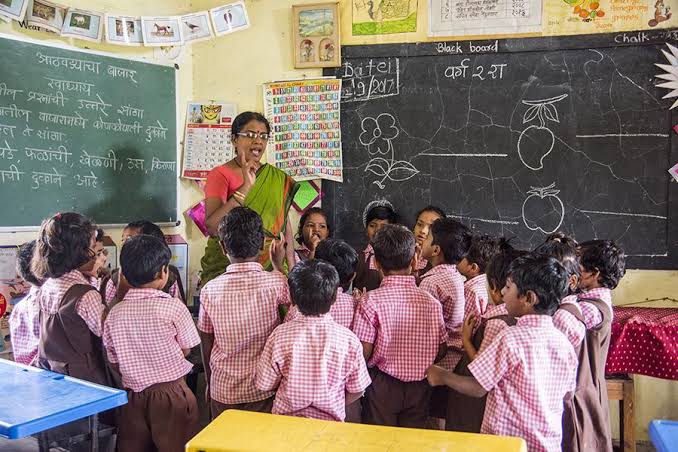
This creates and deepens the gap between theory and praxis, whereby women, for example, find it difficult to relate to the ideas that are structured primarily by men. This male-stream approach across disciplines generates patriarchal ideas of thinking about the world around us. They are taught to perform their expected gender roles, thereby gaslighting them into restricting any sort of transgression of these forms of gendering.
Sixth Period: Bell Hooks And Her Experiences As A Teacher
Bell Hooks’ work on classroom interactions, in “Teaching to Transgress: Education as the Practice of Freedom (1994)”, “Teaching Community: A Pedagogy of Hope (2003)”, and “Teaching Critical Thinking: Practical Wisdom (2009)”, addresses some of the most compelling issues teachers face in and out of the classroom today. She advocates the process of teaching students to think critically and raises many concerns central to the field of critical pedagogy, linking them to feminist thought. Teaching students to “transgress” against racial, sexual, and class boundaries in order to achieve the “gift of freedom” is, for Hooks, the teacher’s most important objective.

Image Source: The Badger Herald
Hooks, during her undergraduate and graduate school years, saw that only white women professors were involved in developing Women’s Studies program. When she taught her first class on Black feminism, it was in the context of Black Studies Program. White women professors were not eager in any feminist thinking on the part of black female students. Yet their lack of interest didn’t discourage her from involvement with feminist ideas or participation in the feminist classroom.
It was a space where students could ask critical questions about pedagogical processes. When Hook herself started teaching, the first idea that shaped her way of teaching was that the classroom should be an exciting place and should never be boring. Conventionally, excitement was viewed as potentially disruptive in the atmosphere of seriousness, which was assumed to be essential to the learning process. “To enter classroom settings in college and universities with the will to share the desire to encourage excitement was to transgress,” Hooks believes.
Also read: Creating A Feminist Classroom: Why Should Marx Have All The Fun?
Last Period: Unlearning
Butler too, through her scholarship, reminds us that one does not “author one’s gender, for its terms are always negotiated within collective social contexts.” The classroom is one such context and therefore categories of gender cannot be only thought of as an individual affair or as a product of external influences of socialization, but rather has to be recognized as a nexus of both of them working on the individual’s social and psychological understandings.
Featured Image Source: Hindustan Times
About the author(s)
Pragya is a Master's Graduate in Sociology from Jawaharlal Nehru University. She works as the content editor at Feminism In India. She is also a ramen enthusiast, a hummus mother, a postcard hoarder and a wannabe cat lady. She still prefers writing on her notebooks, rather than on her laptop, but her job demands her to do just the opposite. Her favourite season is spring, and her alter ego is that of Mrs. Dalloway who said, "She would buy the flowers herself", in case no man ever buys her any!



